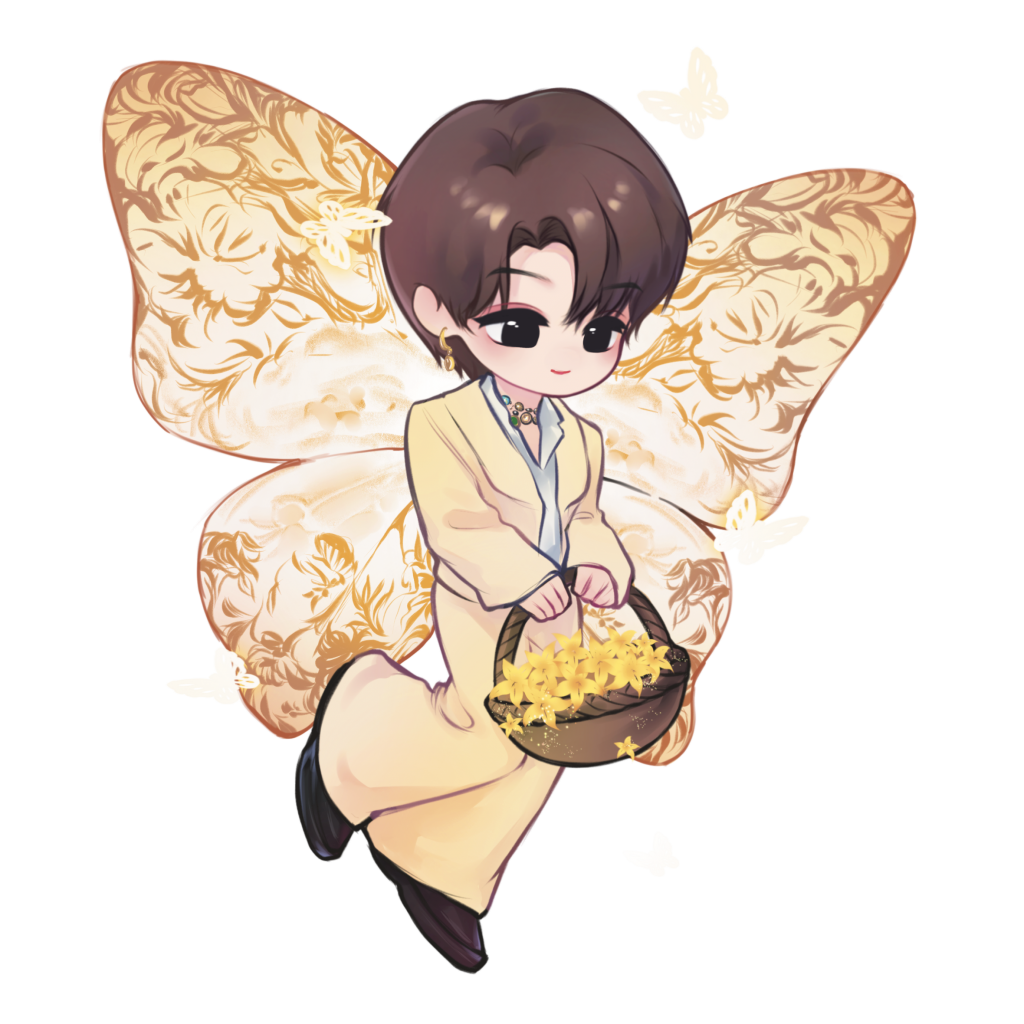On Monday we met at 3 o’clock before our tutorial, Juli made a visual timeline of the history and the future of community center, and we also discussed about making a schedule or timetable of the reattachment center because it shows our thinking about the in the future, what kind of physical or spiritual activities that we need. That would also help us to think about what the future will be like.
We did some research about the history of AI development, imagine what would human use AI in the future. And we also use AI to mix some of the images of our imagination of the future. That made the scenario of the future more clear and visible.
On Tuesday, we had a seminar about using AI as a labour, which made us think about weather technology has a neutral vision of human beings? As an example, the platform of Facebook starts from the very basic presupposition that every user is an individual, every user is a social atom, and this is the beginning of the realisation of individualism of the 20th century.
There’s a book called Ghost Work shows that Workers are needed (and always will be) to produce data and value for the voracious pipelines of Al, and on the other hand to provide the maintenance of mega-machines under the form of content filtering. security checks, evaluation and non-stop optimization. It helped me understand more about the relationship between AI and the future of work.
Thursday we had the incubator of this project, each group brought their works to the LVMH Theatre, and I was really impressed by their incubator. For example, one of the group choose the volunteering work, they let us choose money or just a “thank you ”, another project which also interested me is that in the future, people don’t need to have children themselves, we only need to provide our own genes, which made me very interested in the future they envisioned because I am a person who hates children and is very afraid of childbirth. The other groups also set up interactive quizzes with the audience or presented short videos, which made me reflect on whether our group’s presentation was not engaging enough.
During the incubator, I heard most of the people said that they loved the pictures that we made them using AI. But maybe we can make these visions more accessible or immersive? In that case maybe we can attract more people to engage in our future.
